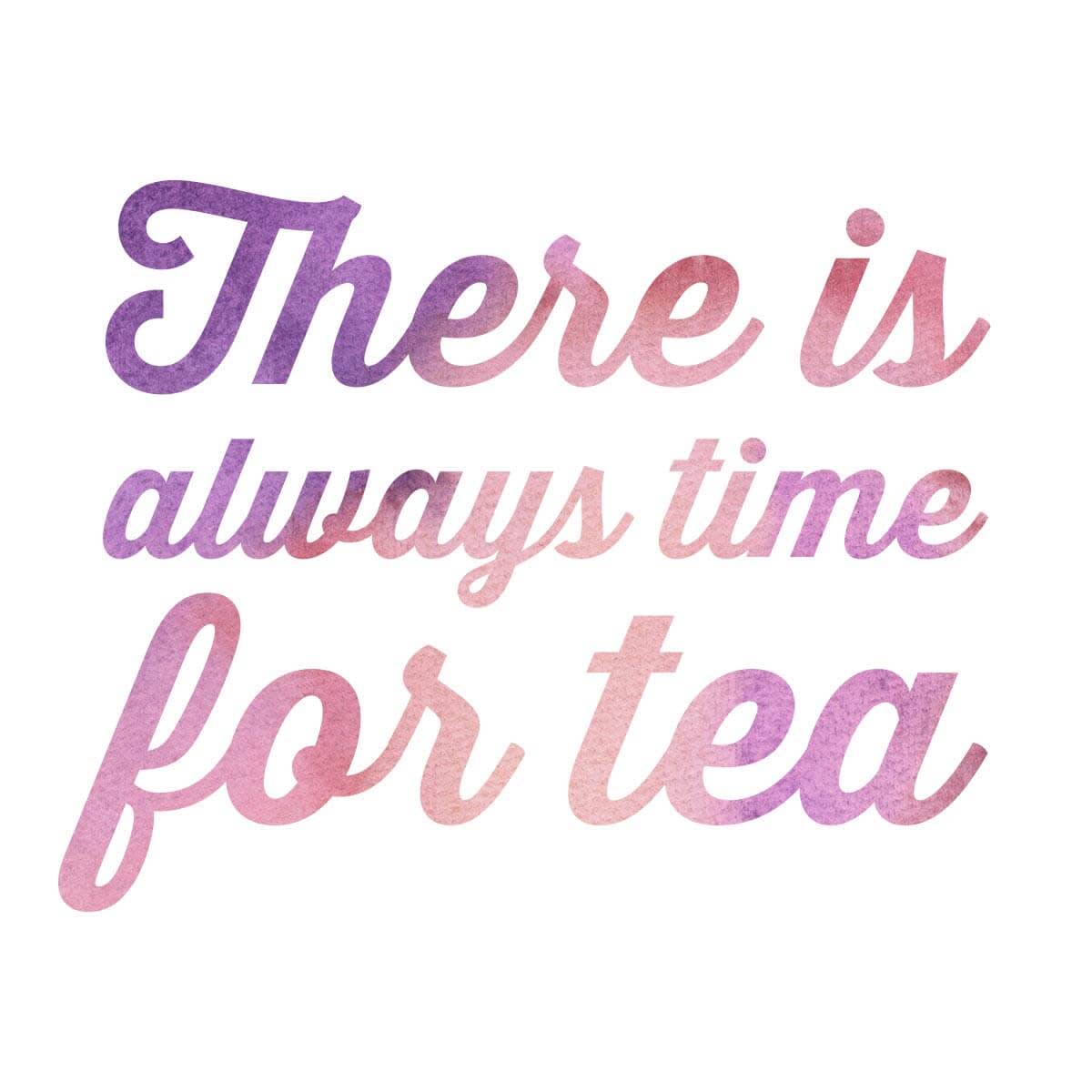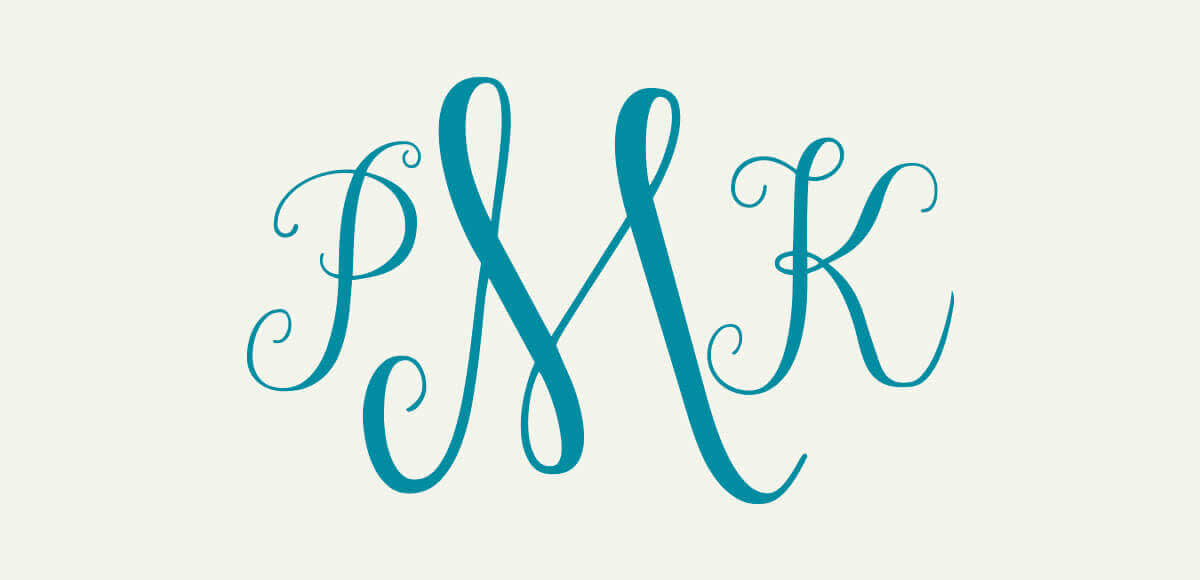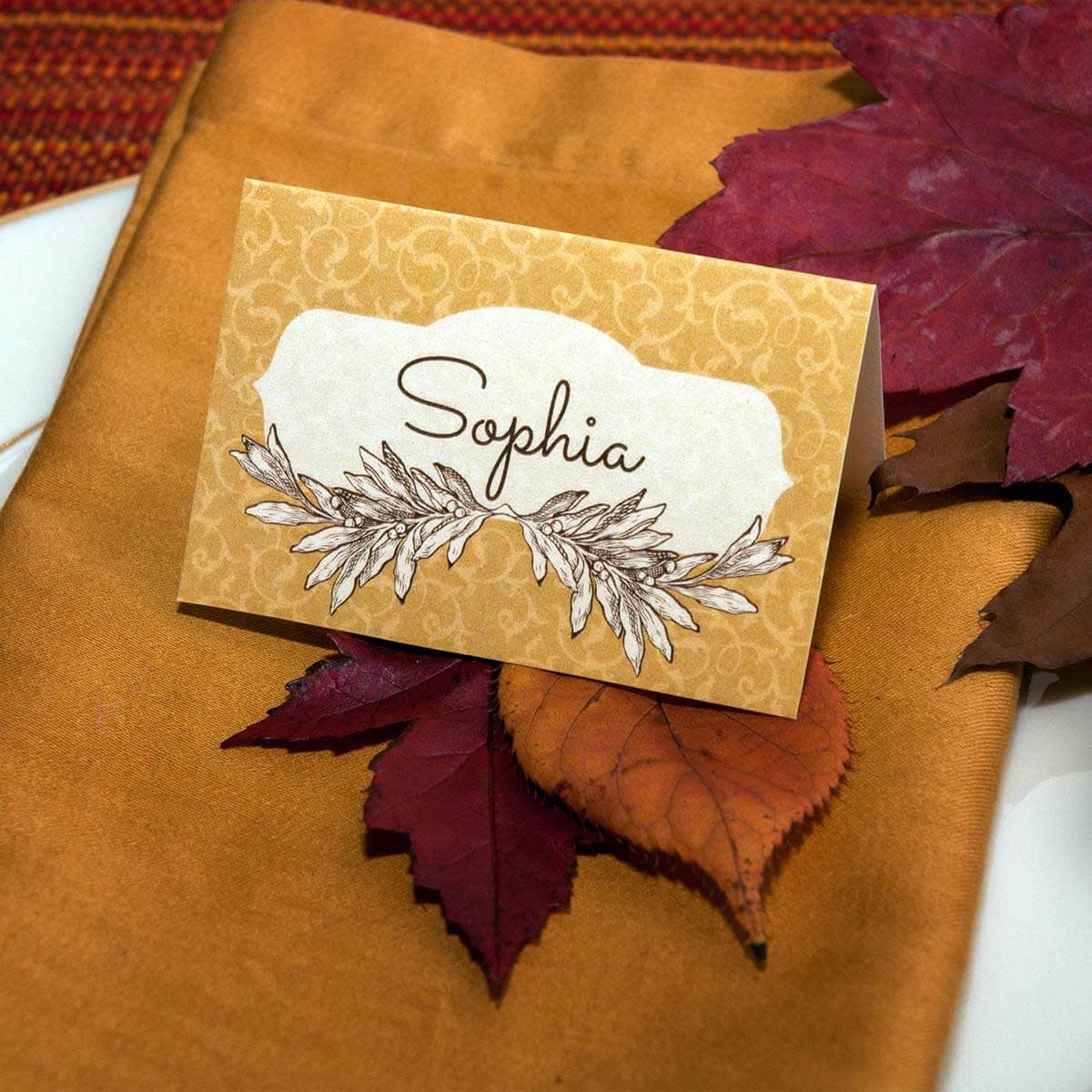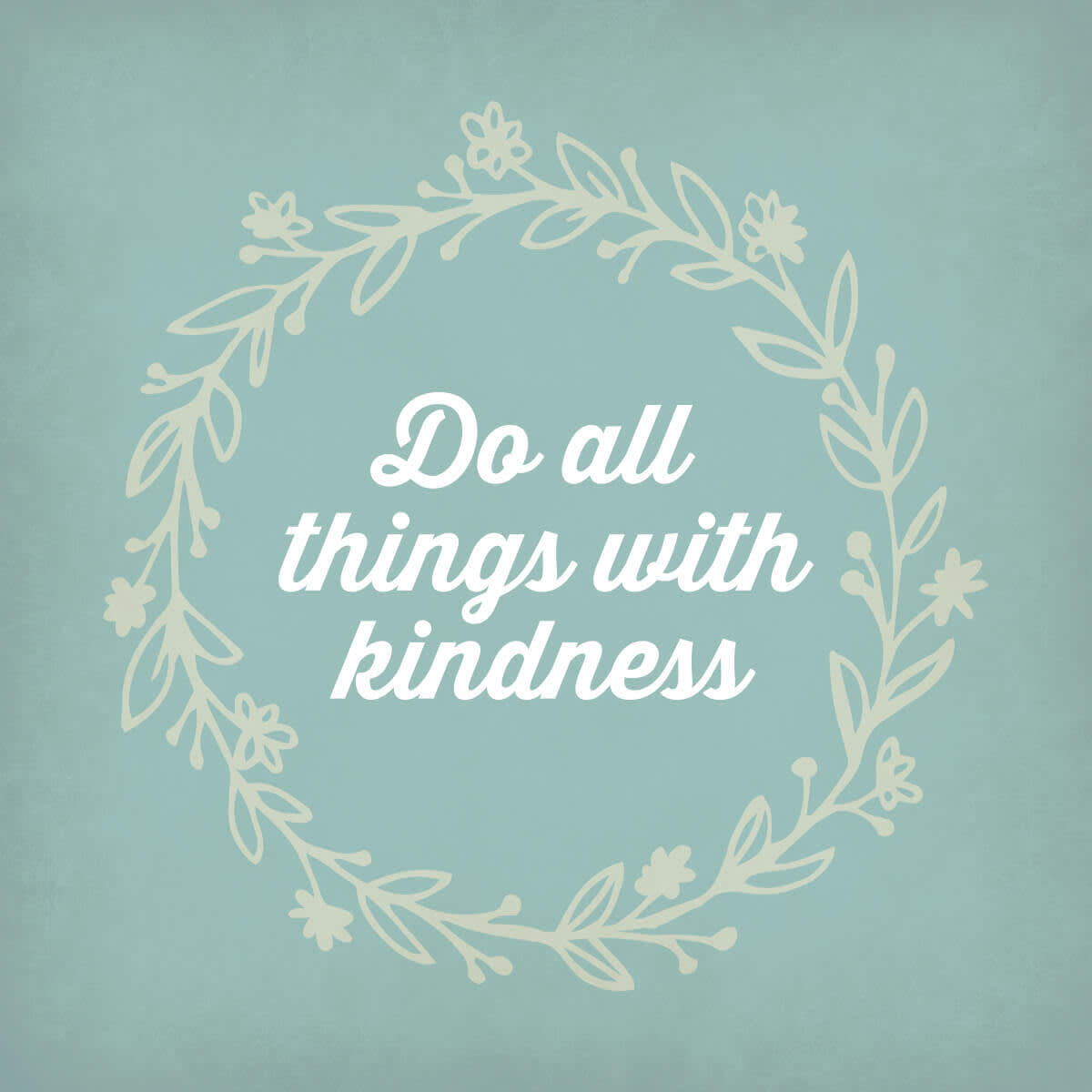The term “calligraphy” brings up images of fancy pens, high-quality paper, and exceptionally steady hands. It’s an art form that’s existed all over the world for centuries, and it remains popular today.
Thanks to technology and the work of talented type designers, you can add a calligraphic vibe to your designs without having to figure out dip pens or nibs. Here’s the lowdown on selecting and using the typefaces commonly called “calligraphy fonts.”
What are calligraphy fonts?
The term “calligraphy fonts” has a pretty broad definition. In general, it’s used to describe typefaces with a script and/or handwriting feel. They shouldn’t be thought of as replacements for the painstakingly crafted letters made by calligraphers, but offer some of the decorative je ne sais quoi that makes calligraphy so well loved.
You’ll also find a lot more than sophisticated swirls and curls when you start looking for calligraphy fonts. Many—like Rob Leuschke’s Allura—offer the wispy, connected cursive letters and scrolly deliciousness that you likely expect when you hear the word “calligraphy.” Others (like Impallari Type’s Lobster) feature thicker letters, and some (like David Kerkhoff’s Syphon Spritz) have a quirkier feel.
Find, pick, and pair
You’ll find a cornucopia of calligraphy fonts hanging out in our Text tool, just waiting for you to put them to work. You can also peruse the selection available on free font websites (just make sure to check the licensing, ‘cause otherwise you could be stealing). You can access these fonts with PicMonkey’s tools by clicking Yours in the Text tab—no pesky uploading required.
Calligraphy fonts are often used for short headers and as accents, since they typically become difficult to read if they’re used in longer text strings. That means you may want to find them a straightforward counterpart—kinda like the Abbott to your calligraphy Costello. We’ve put together a few combos to get ya going, and you can learn more about picking and mixing in our font pairing article.

Keep the following quick tips in mind to pick and pair calligraphy fonts like a pro:
Consider the occasion. If it’s a wedding invite that you’re crafting, you may want to keep things traditional, romantic, and sophisticated with something like Coneria Script. If you’re designing for a children’s birthday party invite, something more whimsical may be appropriate, like Princess Sofia.
What’s the message? Also consider the message that you want to convey, and your design as a whole. If you’re adding the word “relax” to a beach scene, you won’t want a font that screams “formal” or “horror movie.”
Remember readability. The scrolls and swirls that provide an air of sophistication in 48 point font can turn into an indiscernible mess in 8 point font. Remember where your words are going to be displayed—if it’s on a smaller surface like a phone screen or business card, you may want to adjust your font choices.
Think about your audience. If you want your masterpiece to resonate with a specific audience, think about them while you’re designing. Curlz MT probably isn’t going to go over all that well with your boss.
Look for dates and names. If you’re trying to find a fitting complement to your calligraphy font, look for typefaces make by the same designer or during the same timeframe (50s, 20s, etc.).
Getting creative with calligraphy fonts
Now that you have a better idea of what calligraphy fonts are and how to use them, let’s take a look at a few of the bajillion ways your can put them to work.

Take your scrolly words to an even snazzier level by creating a text mask. Because the world needs scripty glitter and ombre letters.

Use your initials and a calligraphy font to make a stylish monogram that you can add to your paper goods, clothing, and anything else you want to personalize.

Calligraphy has been a wedding fave for a looong time, so it’s not surprising that typefaces with a similar feel work well on matrimonial materials like save the dates, invites, and creative guest book alternatives.

Add some razzle dazzle to your dinner party with pretty place cards.

Emphasize your favorite motivational quotes with a calligraphy-font-and-graphic combo.

Take your already gawdgeous photos even further by adding words in calligraphy font (or a calligraphy/non-calligraphy combo) and a text effect like Knockout. We’ll show ya how in our article about adding text to photos.
